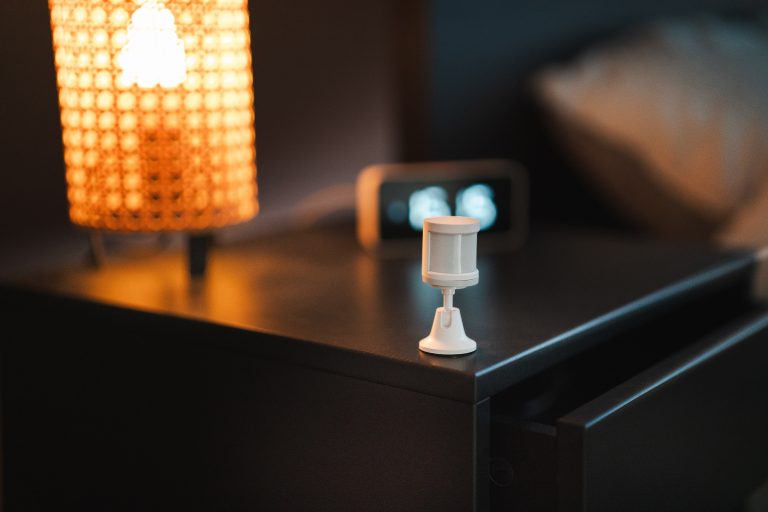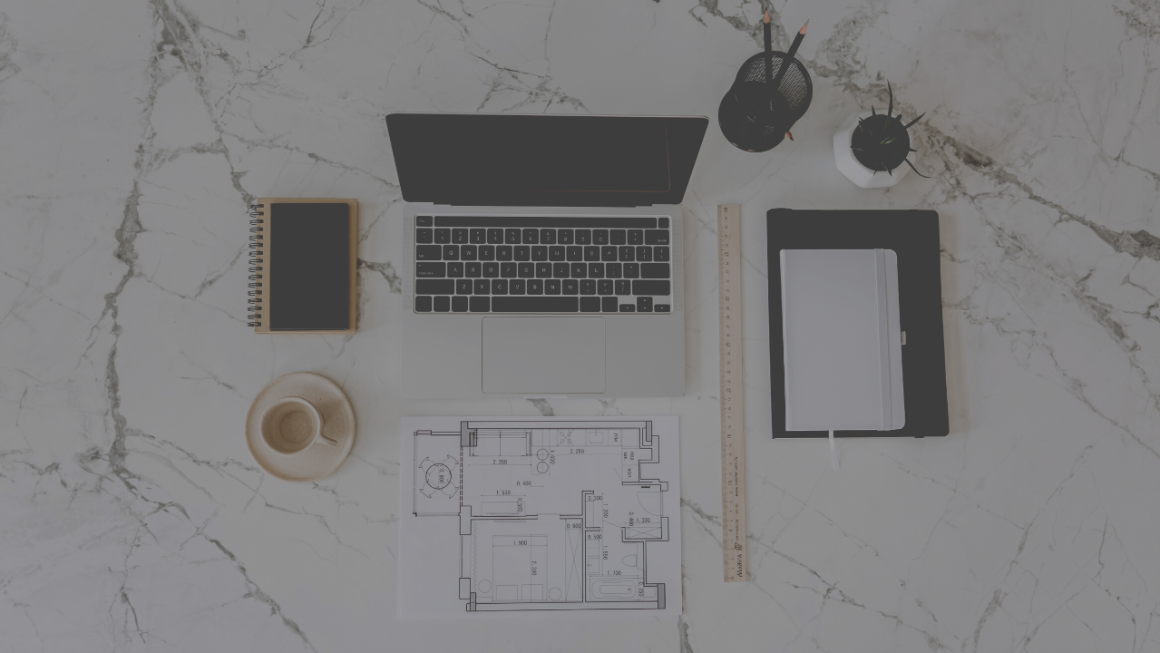Introduction
In the vast landscape of technology, the IoT has emerged as a groundbreaking concept. That is transforming the way we live, work, and interact with the world around us. IoT is a network of interconnected devices, sensors, and objects. That can collect, exchange, and analyze data, opening up a new realm of possibilities for a more connected and convenient future.
Enhancing Efficiency and Convenience
IoT’s integration into our daily lives has brought unparalleled convenience and efficiency. Smart homes equipped with IoT devices enable us to control appliances, lighting, and security systems remotely . Through smartphones or voice-activated assistants. Imagine adjusting the thermostat on your way home, having your coffee maker ready when you wake up. Or receiving alerts about potential home hazards in real-time. These small but significant improvements enhance our quality of life and simplify everyday tasks.

Revolutionizing Industries
The impact of IoT is not limited to consumer-centric applications. It has the potential to revolutionize entire industries. In agriculture, IoT-enabled sensors can monitor soil conditions, humidity, and crop health. It also optimizes irrigation and crop management.
In healthcare, IoT devices facilitate remote patient monitoring. By helping doctors make data-driven decisions and providing personalized care. IoT has also reshaped logistics and supply chain management by enabling real-time tracking of shipments, reducing costs, and enhancing overall efficiency.
Creating Smart Cities
As urbanization accelerates, the concept of smart cities has gained momentum. IoT technologies play a pivotal role in making cities more sustainable, efficient, and livable. Connected infrastructure, smart traffic management systems, and intelligent waste management solutions lead to reduced energy consumption, improved traffic flow, and cleaner environments. By leveraging data collected from IoT devices, city planners can make informed decisions to enhance public services and urban living.

Addressing Environmental Challenges:
IoT’s potential in addressing environmental issues cannot be underestimated. Environmental sensors deployed in forests, oceans, and cities can gather critical data on air and water quality, wildlife behavior, and climate patterns. This data aids scientists and policymakers in understanding environmental changes and formulating strategies to protect natural resources and combat climate change effectively.
Security and Privacy Considerations
While IoT offers numerous advantages, it also raises concerns about security and privacy. The sheer number of interconnected devices increases the potential attack surface for cybercriminals. Ensuring robust security measures and data encryption is crucial to safeguard sensitive information and protect against potential breaches. Additionally, clear regulations and ethical guidelines must be established to protect users’ privacy and data rights in the IoT ecosystem.
Conclusion
The Internet of Things has ushered in a new era of connectivity, empowering individuals, industries, and communities to leverage data-driven insights for a more efficient, sustainable, and interconnected future. As IoT continues to evolve, striking a balance between innovation, security, and privacy will be essential to fully realize its transformative potential. Embracing the opportunities IoT presents and addressing its challenges will pave the way for a world where technology seamlessly integrates into every aspect of our lives, making it smarter, safer, and more enjoyable.



